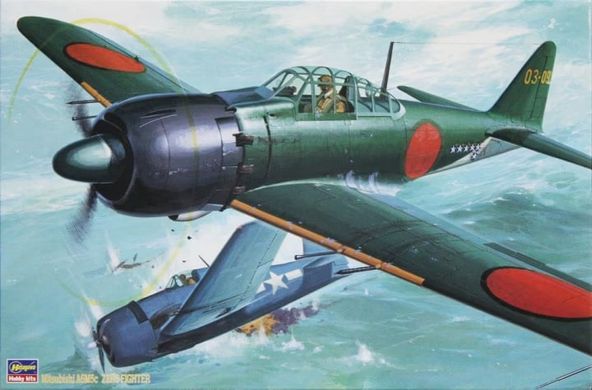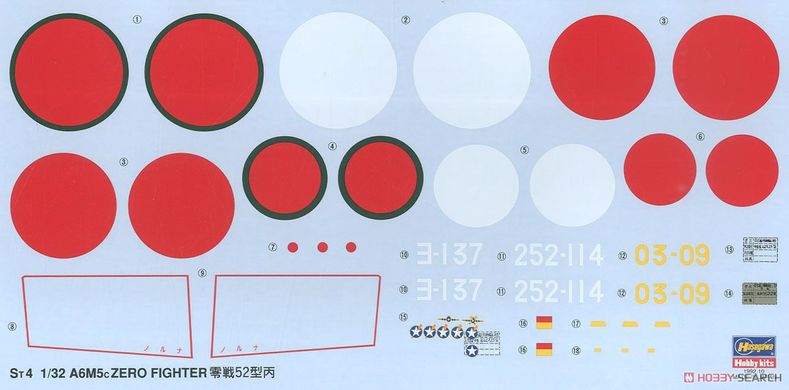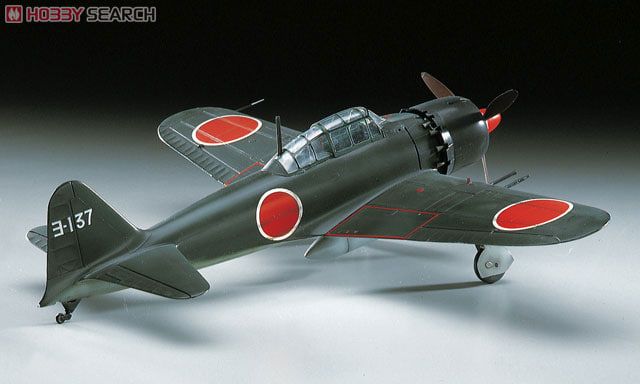The Mitsubishi A6M "Zero" is a long-range carrier-based fighter formerly manufactured by the Mitsubishi Aircraft Company, part of Mitsubishi Heavy Industries, and operated by the Imperial Japanese Navy (IJN) from 1940 to 1945. The A6M was designated the Mitsubishi Navy Type 0 Carrier Fighter (零式艦上戦旦機, rei-shiki-kanjō-sentōki ) or Mitsubishi A6M Rei-sen. A6M pilots were commonly called Reisen (零戦, zero fighter), the "0" being the last digit of the Imperial year.2600 (1940) when it entered service with the Imperial Navy. The official Allied reporting name was "Zeek", although the colloquial name was also used as "Zero". The Zero was considered the most powerful carrier-based fighter in the world when it was introduced at the beginning of World War II, combining excellent maneuverability with a very long range. The Imperial Japanese Navy Air Service also frequently used it as a ground-based fighter. Early in the war, the Zero gained a reputation as an aerial fighter, achieving an outstanding kill ratio of 12 to 1, but by mid-1942 a combination of new tactics and the introduction of better equipment allowed Allied pilots to fight the Zero on a generally even basis. conditions By 1943, the Zero was less effective against the new Allied fighters. The Zero had no hydraulically boosted ailerons, making it difficult to maneuver at high speeds. By 1944, with Allied fighters approaching the A6M's maneuverability levels and consistently exceeding its firepower, armor, and speed, the A6M was largely obsolete as a fighter. However, as design delays and production difficulties prevented the introduction of new Japanese aircraft models, the Zero continued in front-line service until the end of the Pacific War. In the latter stages, it was also adapted for use in kamikaze operations. Japan produced more Zeros than any other combat aircraft model during the war.


















